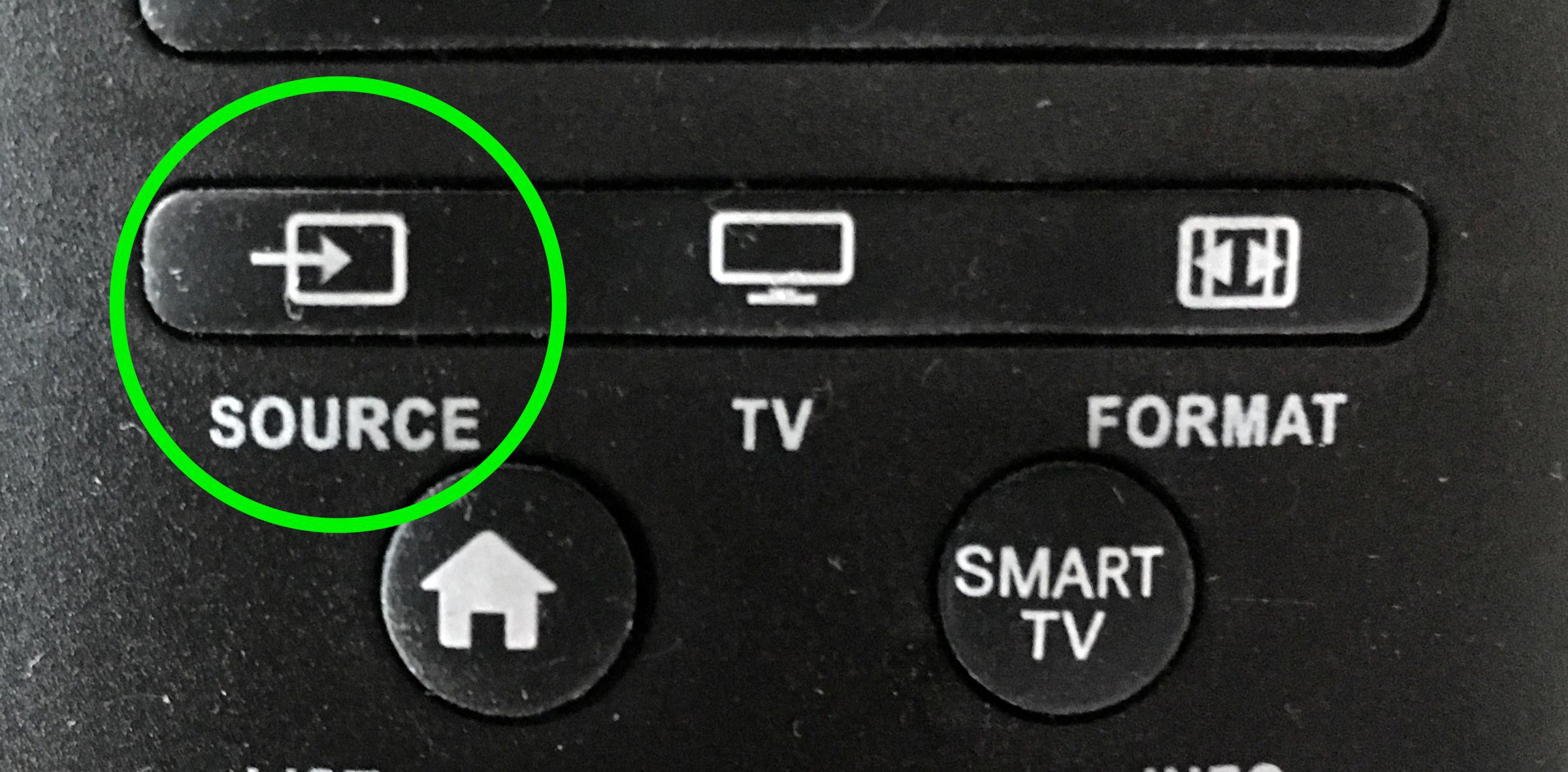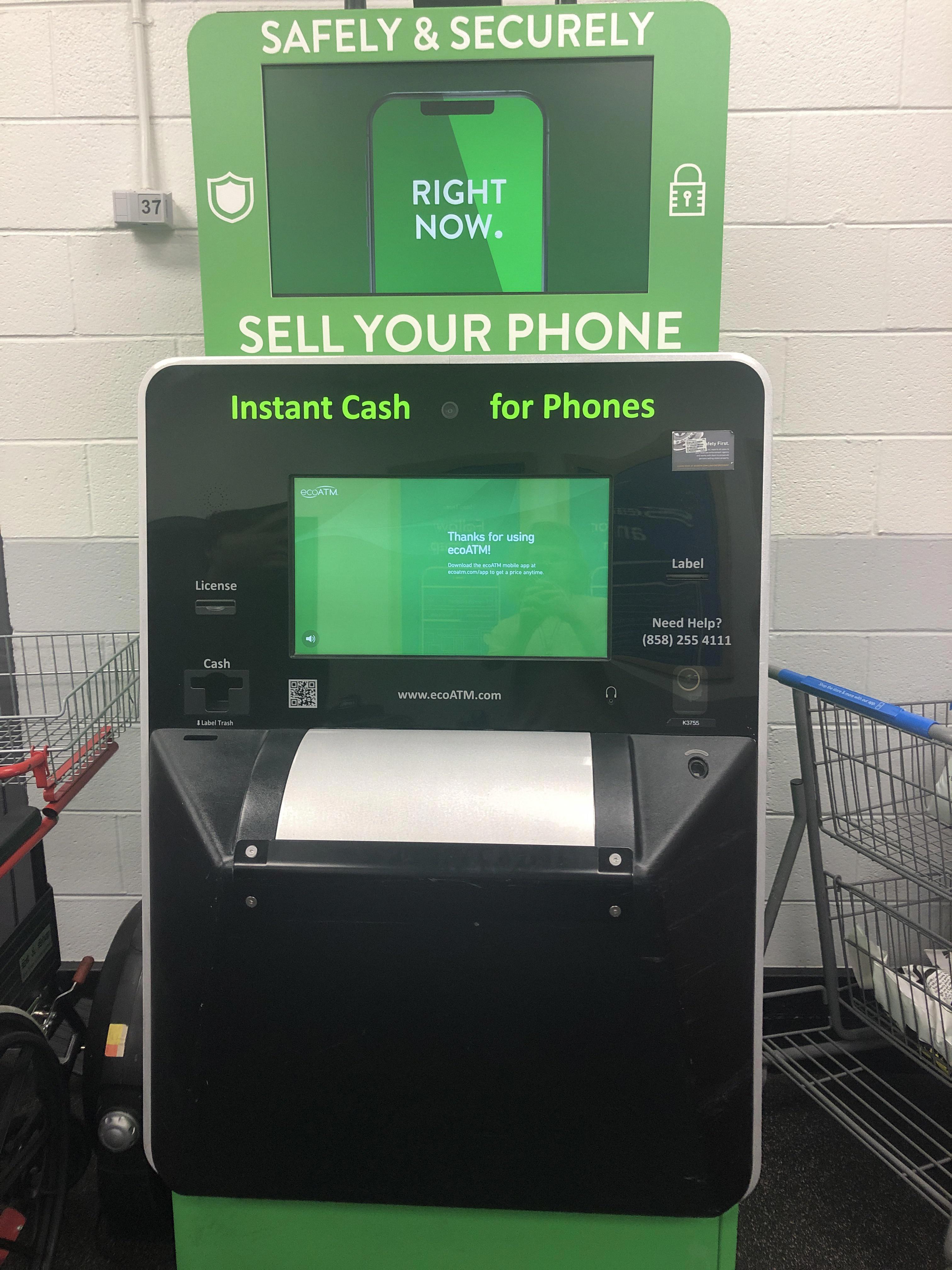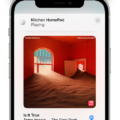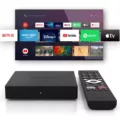The source button is a key component of various electronic devices, such as car audio systems and television remote controls. It serves the purpose of allowing users to switch between different audio or video sources, providing a seamless and convenient experience.
In a car, the source button is typically located on the steering wheel, allowing the driver to easily change the audio mode. By pressing the source button, drivers can cycle through different options such as FM1, FM2, AM, XM1, XM2, CD, and AUX. This feature enables them to switch between various radio stations, CD tracks, or even connect external devices like smartphones or MP3 players.
On the other hand, the source button on a television remote control is used to change the input source from the TV itself to other connected devices. For example, if you have a gaming console, DVD player, or streaming device connected to your TV, pressing the source button will switch the display and audio output to that particular device. This allows users to seamlessly transition between watching TV shows or movies and playing games or watching content from other sources.
In both cases, the source button provides users with flexibility and control over their audio and video experience. It eliminates the need for manually changing cables or accessing settings menus, making it quick and easy to switch between different sources.
The importance of the source button becomes even more evident in professional AV or home entertainment systems. These systems often have multiple devices connected, such as Blu-ray players, media servers, or audio receivers. The source button allows users to select the specific device they want to play content from, ensuring that the desired audio or video source is being utilized.
The source button is a valuable feature in various electronic devices, including car audio systems and television remote controls. It provides users with the ability to switch between different audio or video sources, enhancing their overall viewing or listening experience. Whether it be in a car or at home, the source button offers convenience and flexibility, allowing users to easily access their preferred content from different devices.
What Does Source Button Mean?
The source button, located on the steering wheel of your vehicle, serves the purpose of allowing you to switch between different audio modes on your car’s audio system. By pressing this button, you can cycle through a variety of available options, ensuring that you can easily access your preferred audio source.
Here is the order in which the source button operates, providing you with an overview of the available audio modes:
1. FM1: This mode enables you to tune in to FM radio stations. By selecting FM1, you can navigate through various frequencies and enjoy listening to your favorite FM stations.
2. FM2: Similar to FM1, FM2 provides an additional set of FM radio stations that you can tune in to. This allows you to have more options for FM radio listening.
3. AM: AM mode allows you to access AM radio stations. By selecting this mode, you can tune in to different AM frequencies and enjoy a variety of AM radio content.
4. XM1 (if available): If your vehicle is equipped with XM radio, selecting XM1 will enable you to access the first set of available XM radio stations. XM radio provides a wide range of channels with diverse programming, including music, news, sports, and more.
5. XM2 (if available): Similar to XM1, XM2 provides an additional set of XM radio stations. This allows you to have more choices and access a greater variety of content offered by XM radio.
6. CD: This mode allows you to play audio CDs in your car’s audio system. By selecting CD, you can enjoy your favorite music or other audio content from CDs.
7. AUX: AUX mode enables you to connect external audio devices, such as smartphones or MP3 players, to your car’s audio system. By selecting AUX, you can listen to audio from these external devices through your car’s speakers.
By cycling through these different audio modes using the source button, you can easily switch between radio stations, XM channels, CDs, and external audio devices, ensuring a versatile and enjoyable audio experience while driving.

What Is The Source Button On A Remote?
The source button on a remote control is a function that allows you to switch between different input sources on your TV. When you press the source button, it displays a list of available input options, such as HDMI, AV, USB, and more. This button is particularly useful when you have multiple devices connected to your TV, such as a cable or satellite box, DVD player, gaming console, or streaming device. By selecting the desired input source, you can easily switch from one device to another without having to manually change the input settings on your TV. This provides convenience and ease of use, allowing you to quickly access and enjoy different types of content from various devices.
Benefits of the source button:
– Convenience: With the source button, you can easily switch between different devices connected to your TV without having to navigate through complicated menus or settings.
– Time-saving: Instead of manually changing the input settings on your TV, the source button allows you to quickly and effortlessly switch to the desired input source.
– Versatility: The source button enables you to connect and use multiple devices with your TV, expanding your entertainment options and providing a more immersive viewing experience.
– User-friendly: The source button is typically located on the remote control, making it easily accessible and intuitive to use for anyone, regardless of their technical knowledge or expertise.
The source button on a remote control is a valuable feature that enhances the functionality and usability of your TV, allowing you to effortlessly switch between different input sources and enjoy a wide range of content from various devices.
What Does Source Mean On My TV?
The term “source” on your TV refers to the input or the device that is providing the audio or video content to be displayed on your television screen. It is the starting point or the origin of the content that you want to watch or listen to.
Here are some examples of sources that you might find on your TV:
1. Cable or satellite box: This is a common source for many people as it allows you to receive television signals through a cable or satellite service provider. The box is connected to your TV through a HDMI or AV cable.
2. DVD or Blu-ray player: If you have physical discs with movies or TV shows, you can use a DVD or Blu-ray player as the source. Simply insert the disc into the player and connect it to your TV.
3. Streaming media player: Devices like Apple TV, Roku, or Amazon Fire TV are examples of streaming media players. They connect to the internet and allow you to stream content from popular services like Netflix, Hulu, or Amazon Prime Video.
4. Gaming console: If you enjoy playing video games, your gaming console, such as PlayStation, Xbox, or Nintendo Switch, can be used as a source. Connect the console to your TV and enjoy gaming on the big screen.
5. Media server or NAS: If you have a network-attached storage (NAS) device or a media server in your home, you can use it as a source. These devices store your media files, such as movies or music, and allow you to access them on your TV.
6. Antenna: If you have an antenna connected to your TV, it can be used as a source to receive over-the-air broadcast signals. This allows you to watch local channels without a cable or satellite subscription.
It’s important to select the correct source on your TV so that the audio and video signals are properly routed and displayed on your screen. Most TVs have a dedicated “Input” or “Source” button on the remote control or the TV itself, which allows you to cycle through the available sources and select the one you want to use.
By understanding and utilizing the different sources available on your TV, you can enjoy a variety of content and customize your viewing experience.
Conclusion
The source button is a convenient feature found on various devices such as car audio systems and remote controls for TVs. Its purpose is to allow users to easily switch between different audio modes or input sources. Whether it be cycling through FM radio stations, switching from the TV box to other connected devices like gaming consoles or DVD players, or selecting the source of content in professional AV or home entertainment systems, the source button provides a simple and efficient way to access desired audio or video sources. By understanding how to use this button, users can enhance their overall entertainment experience and seamlessly switch between different media sources with ease.








